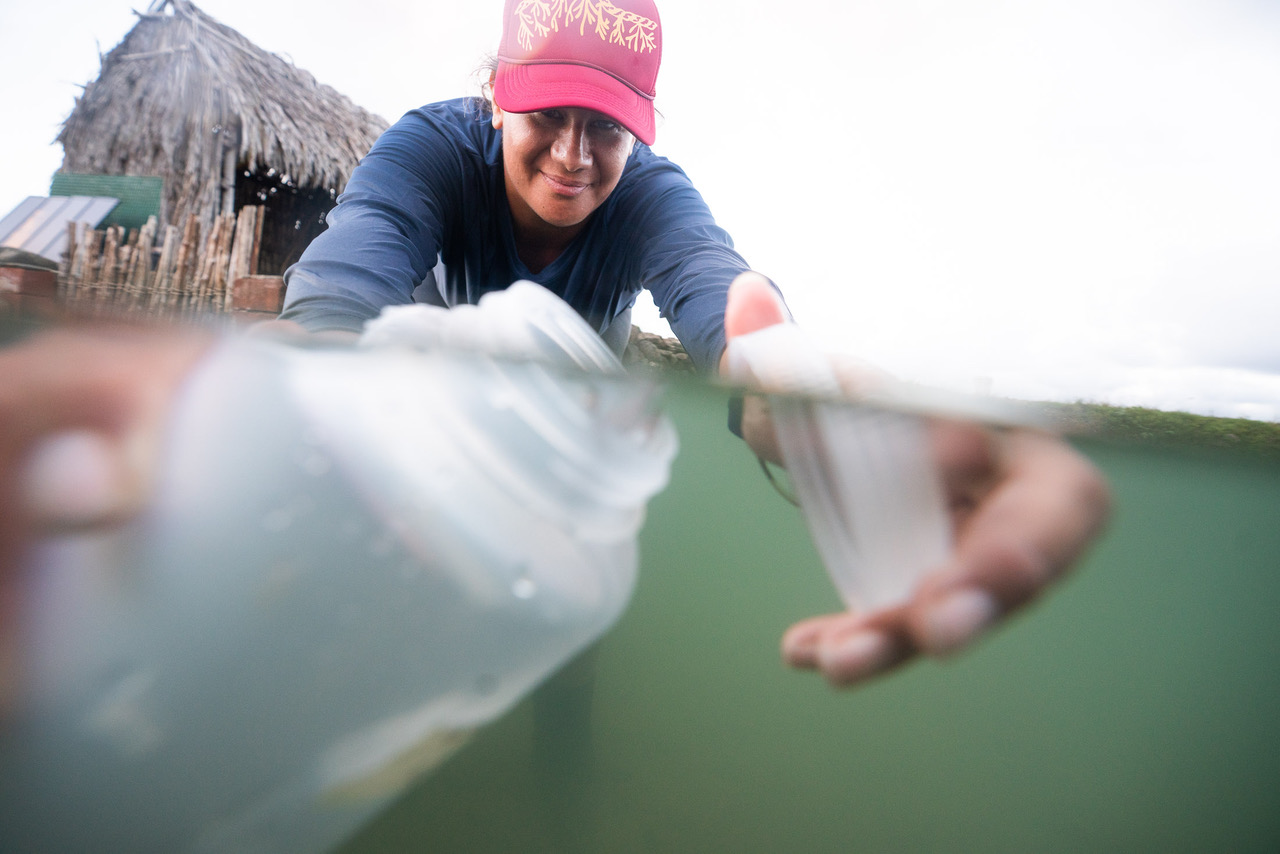Microbes to Meaʻai (food): Management Lessons from Proven Models of Sustainability in Ancient Hawaii

Watch a recording of this talk here
ABSTRACT
Generational assimilation of observational data enabled Native Hawaiians to preserve a holistic understanding of the connectivity, structure and function within their island ecosystems. Their intimate understandings of the geographic and temporal variability in winds, rains, and currents, and how these factors governed the extent and distribution of biodiversity were perpetuated through moʻolelo (stories), mele (songs), and oli (chants). These oral histories preserve the scientific integrity of traditional phenomenological observations and remain shockingly consistent with contemporary biogeochemical and geophysical observations. While many organizations leverage traditional knowledge to guide restoration and management, knowledge of the biogeochemical variability and the ecological implications within contemporary ecosystems are unconstrained. Here, I will shed light on how traditional Hawaiian management practices reflect an understanding of microbial processes along ahupuaʻa (watersheds)—from mountain to sea. By examining moʻolelo, mele, and oli through scientific lenses, we can begin to decode the insight left to us by our kupuna (ancestors)—bridging cultural and historical knowledge with contemporary knowledge systems—to better apply these principles to perpetuate the restoration, sustainability and resilience of our ecosystems today.
BIO
Kiana Frank—born and raised in Kailua Oʻahu, Assistant Professor at the Pacific Biosciences Research Center at University of Hawaii Mānoa—studies the microbial dynamics of Hawaiian ecosystems as a mechanism to better understand the connectivity between land and sea, perpetuating place-based knowledge and ecological-based studies to foster values and concepts of traditional management. Her work integrates biology, geochemistry, and ʻike kupuna (traditional knowledge) to address novel hypothesis and showcase connections between contemporary science and indigenous science.